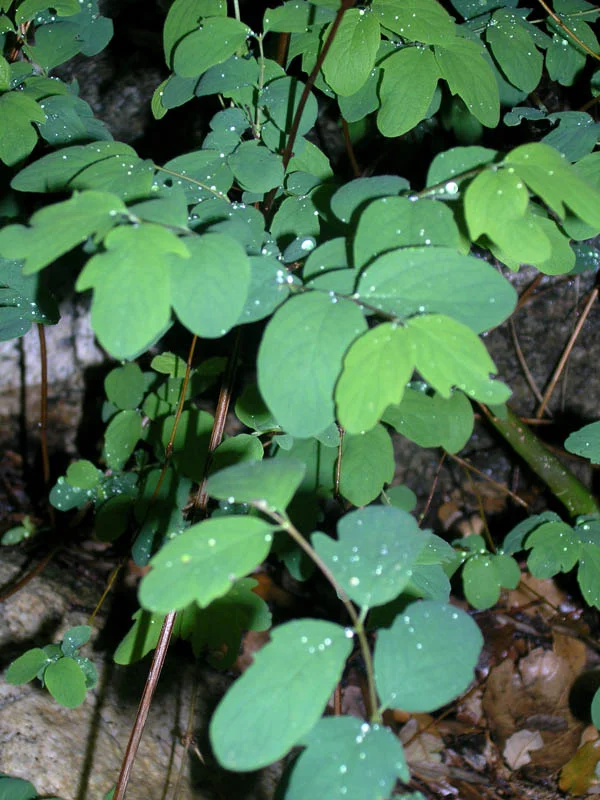Quercus agrifolia, California's glorious live oak, should only be trimmed in the late summer. There is currently a fashion for lacing these trees. Don't do it. It is bad for the tree and can cause disease. The only reason to prune an oak tree heavily (or any tree for that matter) is if it presents a danger for instance by overhanging a roof. It is OK to cut limbs of less than 1" in diameter and dead wood of course, provided it's done in the dormant period in late summer/early autumn.
Use a licensed arborist to trim your valuable trees.




